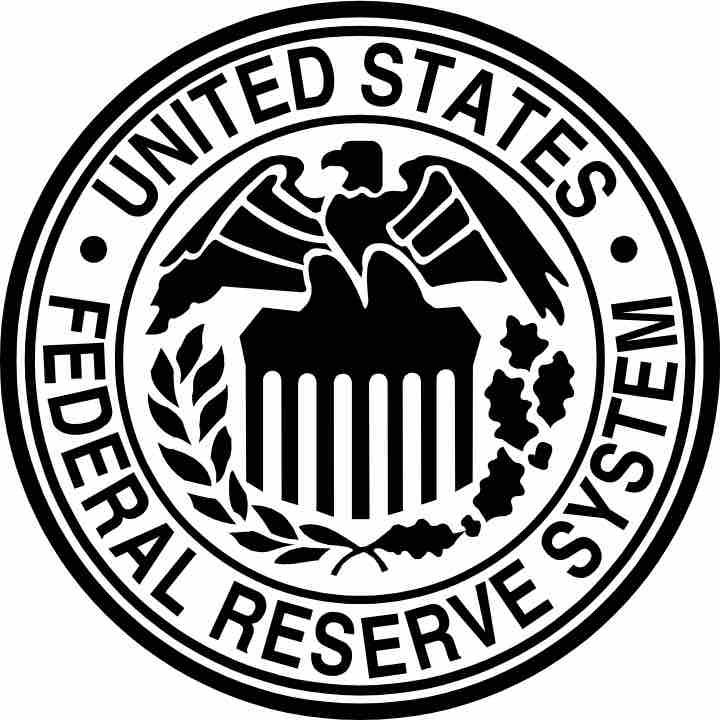The role of the federal government in the economy has been a central debate among economists and political scientists for over two centuries. Classic liberalism and Right-libertarian arguments argue for limited or no role for the federal government in the economy, while welfare economics argue for an increased role of the federal government.
In the United States, the Federal Reserve System (also known as the Federal Reserve, and informally as the Fed) serves as the central mechanism for understanding federal intervention (and de-entanglement) with the economy. The central banking system of the United States, the Fed was created on December 23, 1913, with the enactment of the Federal Reserve Act. This was largely in response to a series of financial panics, particularly a severe panic in 1907. Over time, the roles and responsibilities of the Federal Reserve System have expanded, and its structure has evolved. Events such as the Great Depression were major factors leading to changes in the system.

Federal Reserve System
The Federal Reserve System acts as the central mechanism for federal intervention in the U.S. economy.
The Congress established three key objectives for monetary policy—maximum employment, stable prices, and moderate long-term interest rates—in the Federal Reserve Act. The first two objectives are sometimes referred to as the Federal Reserve's dual mandate. Its duties have expanded over the years, and today, according to official Federal Reserve documentation, include conducting the nation's monetary policy, bank regulation, maintaining the stability of the financial system and providing financial services to depository institutions, the U.S. government, and foreign official institutions. The Fed also conducts research into the economy and releases numerous publications, such as the Beige Book.